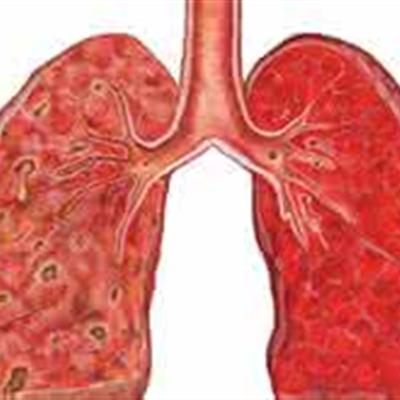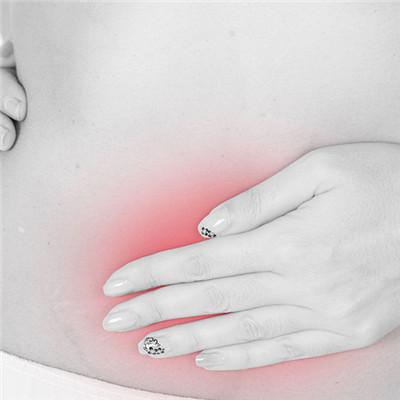External symptoms of myositis ossificans?
summary
Myositis ossificans (myositis ossificans) is a disease of muscle sclerosis, deformity of toe and thumb caused by progressive deposition of bone structure in muscle and connective tissue. Some of them are autosomal dominant. Common in children or young people, the performance of congenital torticollis, torsion and neck muscle swelling, hardening, but most without pain. All muscles can be involved.
External symptoms of myositis ossificans?
This disease is common in children or young people, manifested as abnormal congenital torticollis, torsion and neck muscle swelling, hardening, but most without pain, the whole body muscles can be involved, according to the clinical characteristics of the disease can be divided into stage IV: 1, reaction stage: the mass increases quickly, calcification, swelling quickly, trauma 1-2 months, up to 4-10cm. 2, active phase: active phase can be manifested as fever, high local skin temperature, tenderness, hard mass.

3. Mature stage: shell like osteochondral appeared in mature stage, stopped growing in recovery stage, and the hard mass often became smaller after one year, even disappeared completely, with self limitation. 4. Recovery period.

Middle stage (active stage): fever, high local skin temperature, tenderness, hard mass, local mass increased significantly due to gradual ossification, muscle stiffness atrophy, joint pain is not obvious, joint function and activity disorder.

matters needing attention
This disease is a complication of severe trauma, and its occurrence and development can be prevented through efforts. All patients with joint dislocation and severe trauma should be treated by orthopedics doctors in time. Do not blindly massage and massage to cause secondary injury. Joint dislocation should be reset in time. If there is large hematoma, puncture should be carried out in time and then pressure bandaged. Joint trauma should be stopped early, If there is swelling, Chinese and Western medicine should be combined to make the swelling subside quickly. For paraplegic patients caused by spinal cord injury, if there is a large hematoma of unknown cause in the lower limbs, puncture and pressure bandage should be taken out in time. These are effective methods to prevent secondary ossifying myositis after severe trauma.










